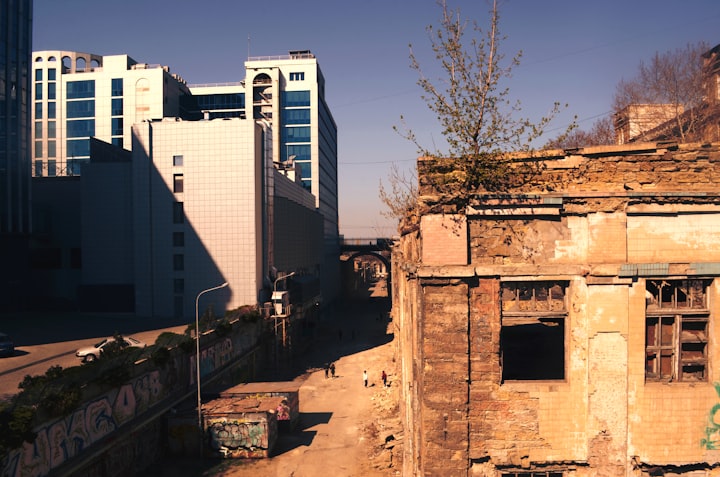Things to Know About Your Move to the Cayman Islands
Are you planning to move to the Cayman Islands? Here are some basic things to know about getting into your new tropical home.

Moving to the Cayman Islands is an exciting time. It’s a fresh start, a chance to experience a different lifestyle, a chance to build a career or a business, or enjoy a well-earned retirement. The reasons for coming here are many, but just about everyone has a similar experience in getting settled. So, what’s it like? What are some basic things you need to know before relocating to the Cayman Islands?
First, it’s three islands, very small islands, roughly midway between Cuba and Jamaica in the western Caribbean Sea. As we all know, it’s usually described first as a “tax haven,” where there are more companies than people and where there are no direct taxes of any kind. Government revenue is reliant on import duties and fees for licenses and services.
Then there’s the setting: three tiny islands that are actually the tip of an underwater mountain range that descends 20,000 feet to the ocean floor just a few miles offshore. This means spectacular marine life and countless opportunities for a lifestyle of fishing, diving, sailing, snorkeling, and everything that comes with a tropical paradise. Large coral reefs close to shore protect the islands, allowing a vibrant tourism and beach economy to develop.
As one of the few remaining British colonial territories, the Cayman Islands are English-speaking, follow the Common Law System, and have the most stable political, economic, and social landscape in the region. The population of around 68,000 people, almost half of them foreigners representing more than 100 nationalities, has the highest standard of living in the Caribbean.
The newly arrived resident’s first priority is to find a home. It’s a difficult decision and not because there’s a lack of choice, but there are just too many options in terms of cost, location, and lifestyle. Grand Cayman apartment rentals, villas, condos, townhouses, traditional houses, and apartments for sale, as well as residential hotels and resorts, are found not just in the western George Town and Seven Mile Beach areas but also in towns and residential areas in the north, south, and east of the island. Before making a choice, it is wise to rent a place for a couple of weeks in a chosen area to see if it lives up to your expectations in terms of accessibility, amenities, comfort, traffic, population density, etc.
With some local knowledge under your belt, it’s time to talk to a real estate professional. Cayman Islands real estate is overseen by the local professional association, CIREBA, which is responsible for the majority of all property sales in the islands. CIREBA members all participate in the MLS system that allows any agent to close a deal on any property in the database, giving you access to the entire portfolio irrespective of which agent you work with.
Also, as a buyer, you do not pay any agency fees. They are the sole responsibility of the seller. So, why do all the legwork yourself? Let a professional with extensive local knowledge guide you through the process – and it’s entirely free to you.
Having done your research and chosen a real estate agent who has found you the perfect property, negotiated the price, and handled the sale, you can begin the process of getting you, your family, and possessions into your new home.
Unless you have lots of spare time and enjoy dealing with paperwork and logistics, by far, the best solution is to hire a reputable international moving and relocation company. They will not only pack, store, ship, and deliver your household contents to the Cayman Islands by sea or air, they will get all the import paperwork, and customs clearances sorted out and arrange delivery to your new home.
A couple of things to remember: First, although the Cayman Islands are a British territory, the standard voltage is the same as in North America, at 120 volts. European 220-240 volt appliances will need to be converted (expensive) or replaced (also potentially expensive; thanks to high import duties on new goods) in order to work. Thankfully many modern electronics work on either voltage, but larger electrical goods and appliances generally do not. Forewarned is forearmed, so do your research before you start packing.
Second, cars drive on the left, as in the UK. You can bring your left-hand-drive vehicle with you when you move, and there are no import duties on personal goods if you are moving to the Cayman Islands for employment or residency. But the traffic system takes more getting used to than in a right-hand-drive car, and there is a potential safety hazard in having the steering wheel on the ‘wrong’ side. Better to buy or rent a vehicle once you get here.





Comments
There are no comments for this story
Be the first to respond and start the conversation.